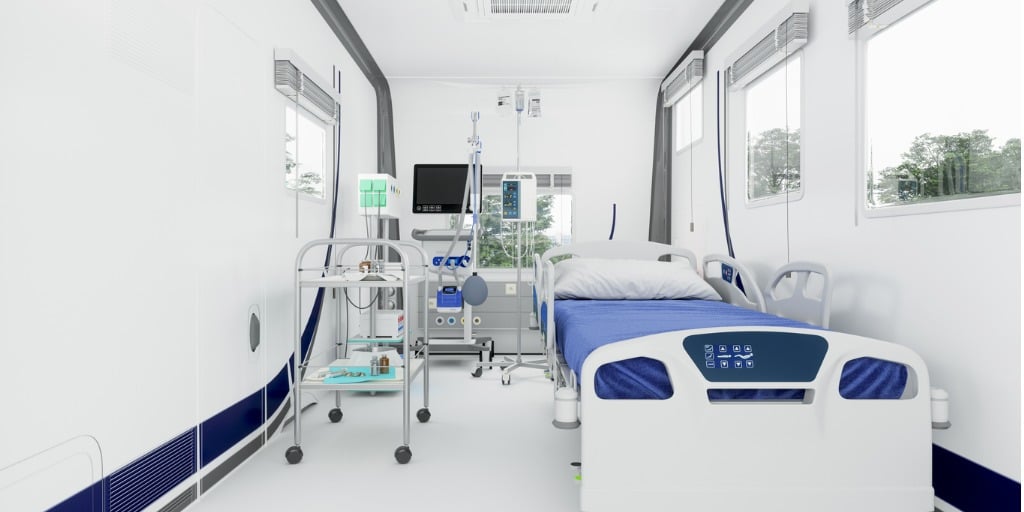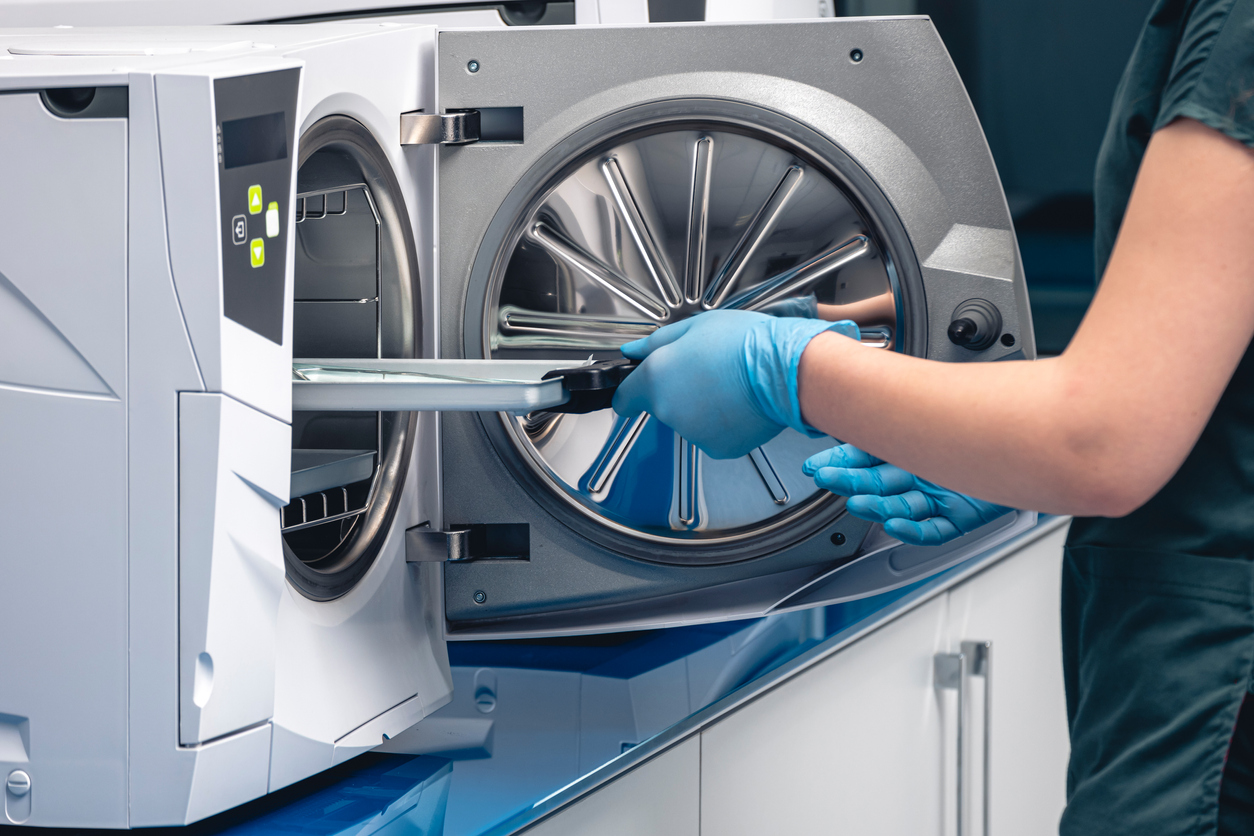Physical Therapy (PT), a component of rehabilitation, aims to use forms of exercise to mitigate pain, increase mobility, and restore strength to the body following illness, injury, or surgery.
Exercises are often augmented with physical therapy equipmentto further develop endurance, function, flexibility, and movement.
Since no two physical therapy programs are identical, a physical therapist’s equipment list must be all encompassing. To answer the question, ‘what equipment do physical therapists use’ the list should include a variety of evaluation and treatment tools. Specialized physical therapy equipment and exercise tools for home use in between appointments are also a must.


.png)



%20(2).png)


%20(1024%20%C3%97%20512%20px)%20(1024%20%C3%97%20512%20px)%20(4).png)









